Cultivating a Collard Curriculum

Cultivating a Collard Curriculum
Seed Savers Exchange, the Edible Schoolyard, the Heirloom Collard Project, and SeedLinked partner to create a collard curriculum, an innovative project to integrate gardening and seed saving into school classrooms.
By Michael Washburn
Seed Savers Exchange is excited to announce a multi-partner collaborative effort with Alice Waters’s Edible Schoolyard Project. This effort will continue the work of the Heirloom Collard Project and bring in longtime Seed Savers Exchange partner SeedLinked. The purpose of this project is to create a curriculum for middle school students around growing collard greens.
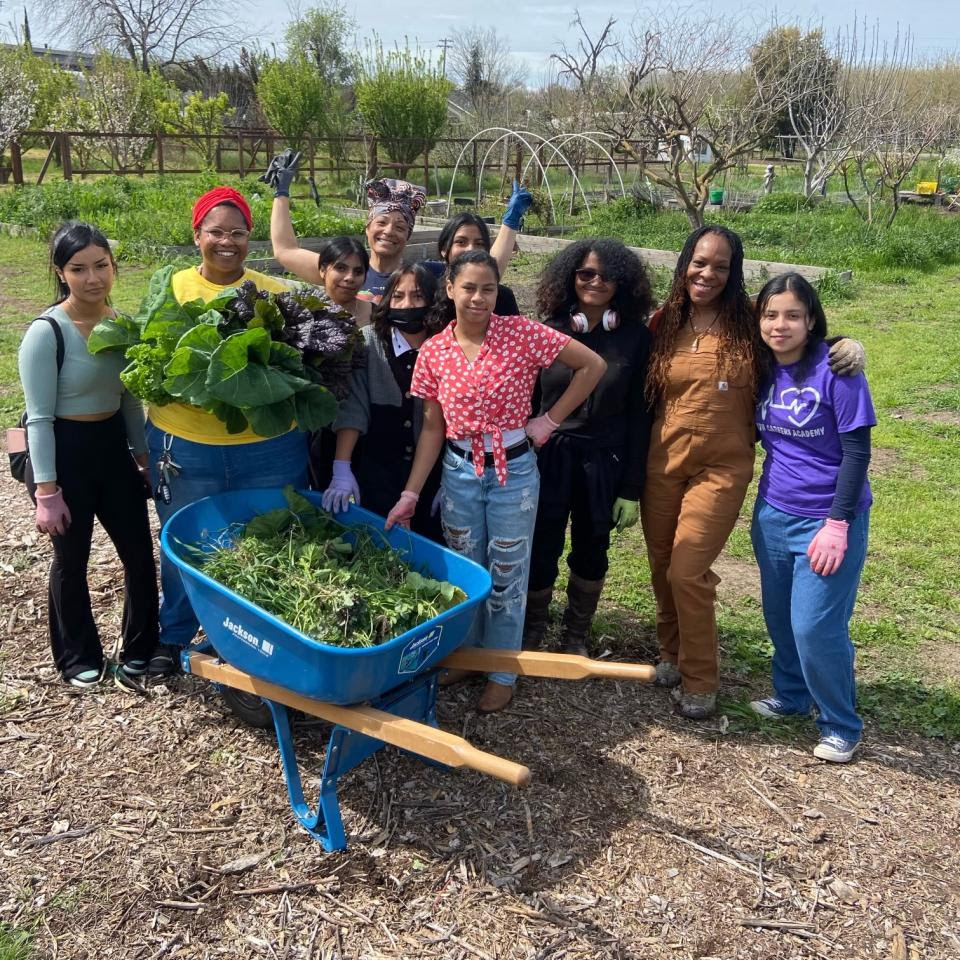
Bonnetta Abeeb of Ujaama Cooperative Farming Alliance, a partner in the Heirloom Collard Project, states that collards are the perfect crop to teach seed stewardship to kids. Here’s why.
Many popular crop types are planted at the very end of the school year and harvested for seed before the kids return to school in the fall. Collards, however, can be planted at the start of the school year, and since it’s a biennial seed crop, their seed is harvested at the end of the school year. Collard seed stewardship therefore fits perfectly within the academic year. Learn how to grow collards.
Raquel Vigil, curriculum writer for the Edible Schoolyard Project and owner of her own curriculum writing studio (Neon Study), will be working with Seed Savers Exchange to create curricular materials that support school-based integration of collard seed saving. When complete, these materials and lessons will help educators integrate the practices, rituals, and processes involved in growing collards and saving seeds and better understand the value of saving seeds as part of the ecosystem of care around biodiversity in their communities.

Alice Waters founded the nonprofit Edible Schoolyard Project—which encourages students to participate in planting, harvesting, and preparing fresh food as part of their school day—in 1995 in celebration of the 25th anniversary of her groundbreaking restaurant, Chez Panisse. Based in Berkeley, California, Chez Panisse is credited as one of the originators of the farm-to-table movement.
She deeply believes that school gardening initiatives should not take the place of subject-based curriculum. Rather, they should be integrated into the curriculum so as to not take away valuable instruction time from subjects like physics, history, and biology that must be learned.
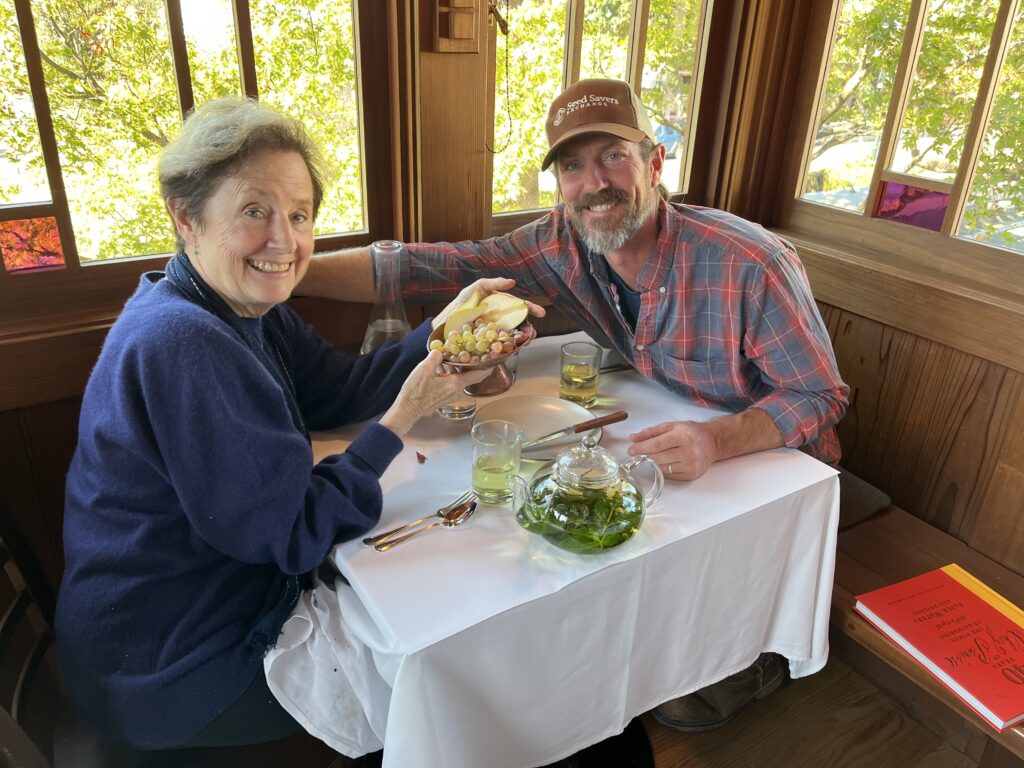
Therefore, teachers can talk about collards in history class and teach lessons about the African diaspora at the same time. Educators can teach ecology by showing how plants are pollinated by insects. There is not a subject that can not be taught in the garden.
We are taking this year to work with the Martin Luther King Middle School in Berkeley, California, and the Edible Schoolyard Community Farm in Stockton, California, as a pilot period to gather insight and information on how to best create a collard curriculum that serves the educational needs of the children. These two schools picked from a list of 30 varieties of collards from the Seed Savers Exchange and Heirloom Collard Project collection. Both schools will be working with different types of collards that include cabbage, glazed, colored, curly leaf, and heading varieties. Learn more about the SSE collection.
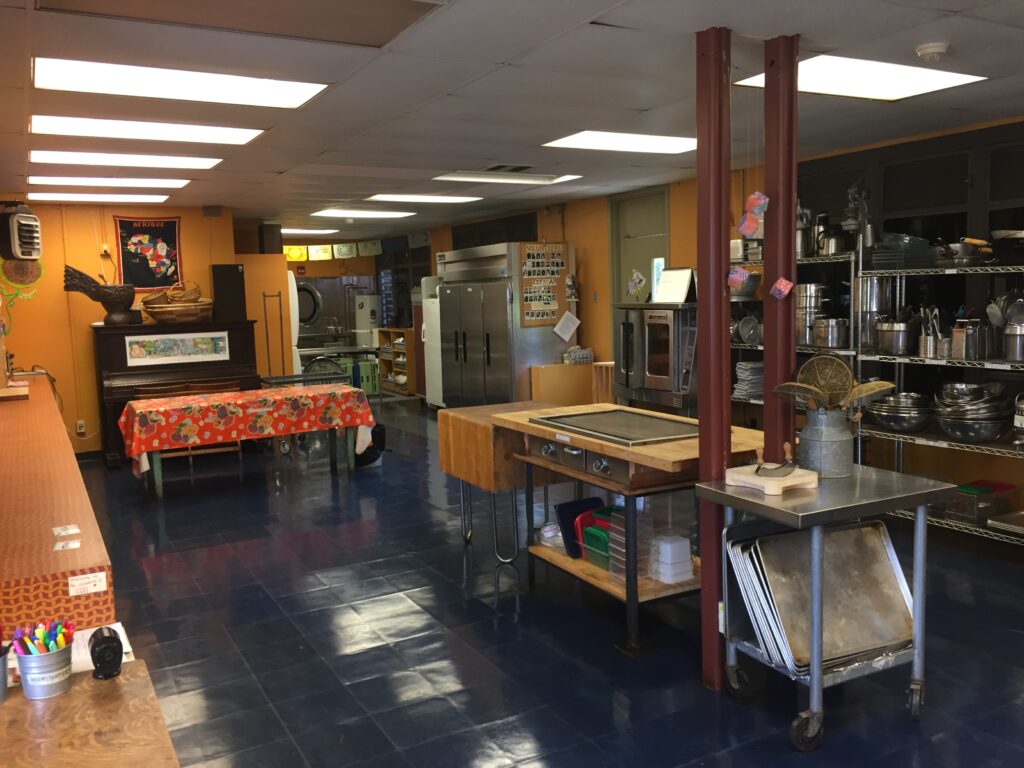
Most folks don’t know that there is this much diversity in the world of collard greens. This project will expose students to diversity not usually realized by our everyday options and will teach them the importance of preserving biodiversity.
Since collards need up to a half a mile of isolation from other collards in order to maintain the purity of the variety, students will pick one variety from their collard plot to go to seed. They will select for desirable traits just like our ancestors did for thousands of years.
From that population, they will select seeds from the best plants. This in itself will teach students how their active selection of plants that perform the best in their climate is a way to adapt plants for climate change. This seed will then be handed down to the next students, who will then take over stewardship just as families have done since the dawn of agriculture.
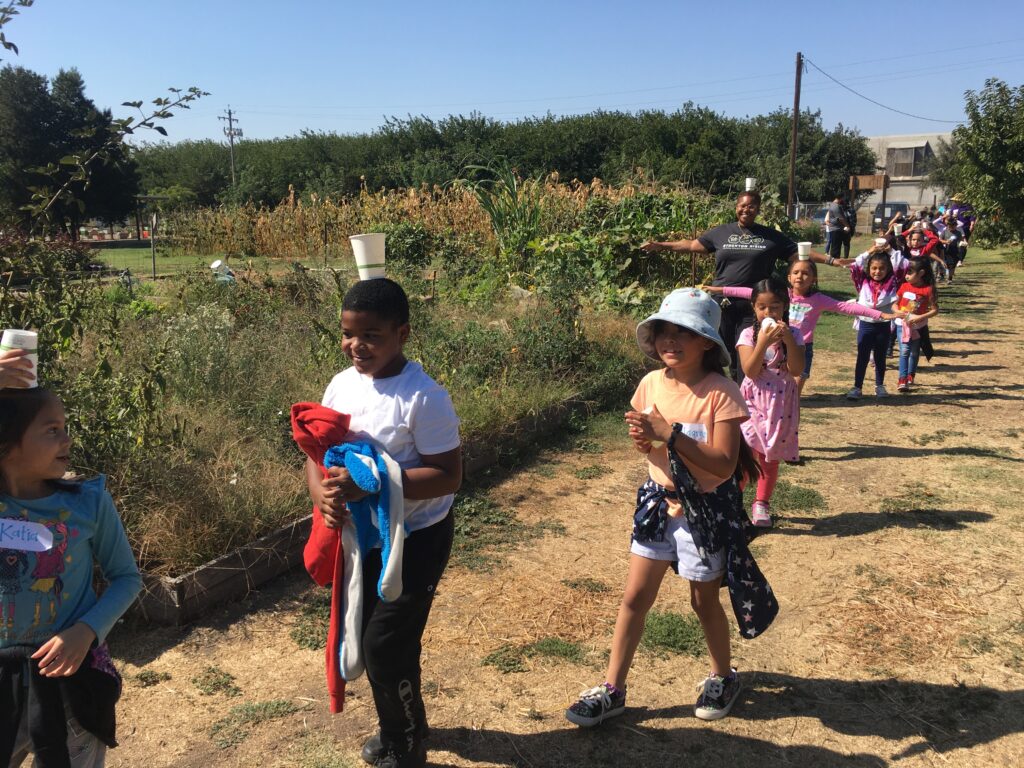
This project is set up to be a continuous generational endeavor. The next set of students may, however, decide they would like to work on a different variety of collard. This is where educators can teach seed storage that will allow them to house their work for future students. Students will also be encouraged to share their work with their community.
Currently 50 other schools in the Edible Schoolyard network are signed up to be a part of the project when it is made available to the larger community in the fall of 2024. These schools will be connected through our partner SeedLinked, a crop-trialing software platform where data can be entered and shared by all participants.
Students will be able to track the performance of their different collard types by entering observations throughout the growing season related to growth habits, heat tolerance, disease resistance, yield, and flavor, among other things. Students will also be able to look at how collard varieties are performing in different parts of the country at other schools.
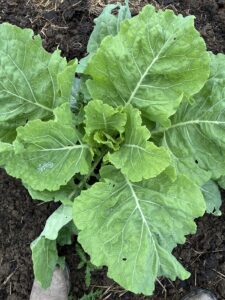
This can highlight which collard varieties do best in particular regions of the United States. SeedLinked provides a map that will show where a particular variety of collard is being grown and how it is performing at those sites.
SeedLinked also has a social media aspect that will allow students to chat with other students involved in the trials. Raquel Vigil wanted students to feel a part of a larger community of community scientists, and SeedLinked provides that connection.
We have seen rapid growth over the last few years with our community science program ADAPT, which engages our gardening community around trialing varieties from the Seed Savers Exchange collection. In 2023, the ADAPT program saw participants sign up for over 700 trials on eight crop types. Learn more about ADAPT.
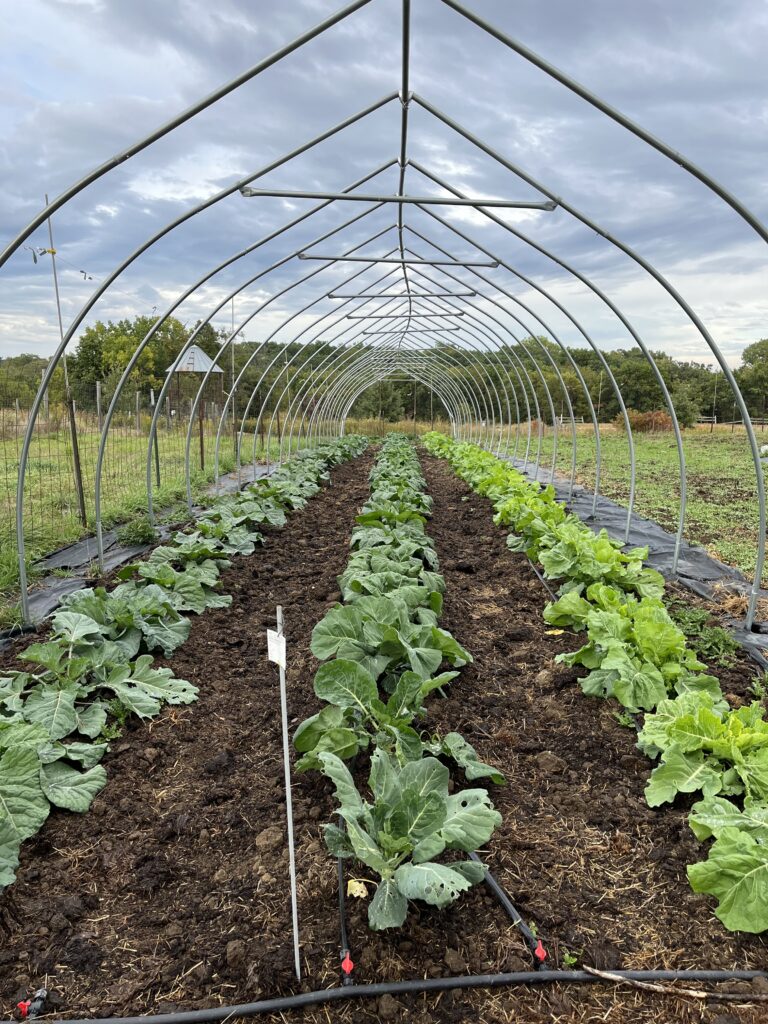
This project with the Edible Schoolyard is modeled after the ADAPT program. We are attempting to build upon that energy by engaging our youth in this work. This will help equip our youth with the knowledge and confidence to be the next generation of seed savers.
All the curricula created will be the intellectual property of Seed Savers Exchange and will be made available to all educators for free. Our hope is to introduce seed stewardship to an ever-growing gardening culture in our schools. While gardening is on the rise in our school systems, seed stewardship is often overlooked. As with many school programs, this knowledge and the practice of seed saving will radiate out into the communities connected to these schools.

It’s such a rewarding phenomenon to witness learning in the reverse, where our youth take what they learn at school and pass it on to their parents and neighbors.
This has the opportunity to give students confidence that they can make an impact in their community by reintroducing seed saving and selection to build a resilient and healthy local food system. We look forward to sharing some of the results of this exciting collaboration in 2024.
Michael Washburn is the preservation director at Seed Savers Exchange.
This article was originally published in the fall 2023 issue (Volume 12, Issue 4) of the Heritage Farm Companion.